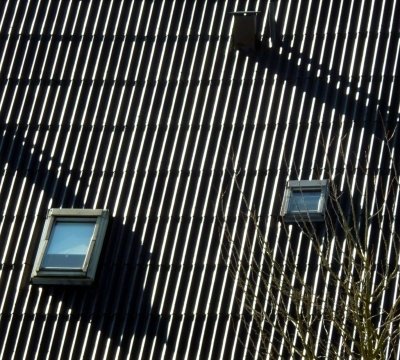Insulating roofs yourself - What you need and what you should consider
Non-insulated roofs require insulation at the latest when a living space is to be built underneath them. But even an unused attic benefits from insulation, as a better living climate is created in the entire house and heating costs are reduced. A roof can also be insulated by itself.
Different types of roof insulation
The types of roof insulation differ according to the methods of applying the insulation layer. Intermediate rafter insulation is recommended for subsequent insulation.
The insulation layer is inserted into the rafter gaps. Rafters can be used before you want to cover the roof or when the old tiles are used for a new roofing. The insulation layer is attached to the rafters.
The advantage of this method is that any living space under the roof will not be damaged. If, on the other hand, the roof is to remain undamaged and the conversion of the attic is planned, the insulation under the rafters is worthwhile.
Here the insulation layer is applied underneath the rafters. It is also possible to combine several insulation methods. This makes the insulation layer particularly thick.

Materials and tools for roof insulation
If the roof rafter depth is to be extended, a sufficient number of roof battens is required. A clamping felt or rockwool is also required.
A vapour barrier film must be applied to this layer later. If the insulation material is already aluminium-laminated, the foil can be dispensed with. In addition, an adhesive tape is required. In addition, the shopping basket includes all-purpose screws and a sealant that is used for final work.
A pair of work gloves, a universal knife, a cordless drill screwdriver, a pin, a rolling gauge, an electric tacker with equipment, spare clamps, a cutting board and a ladder are recommended as tools.